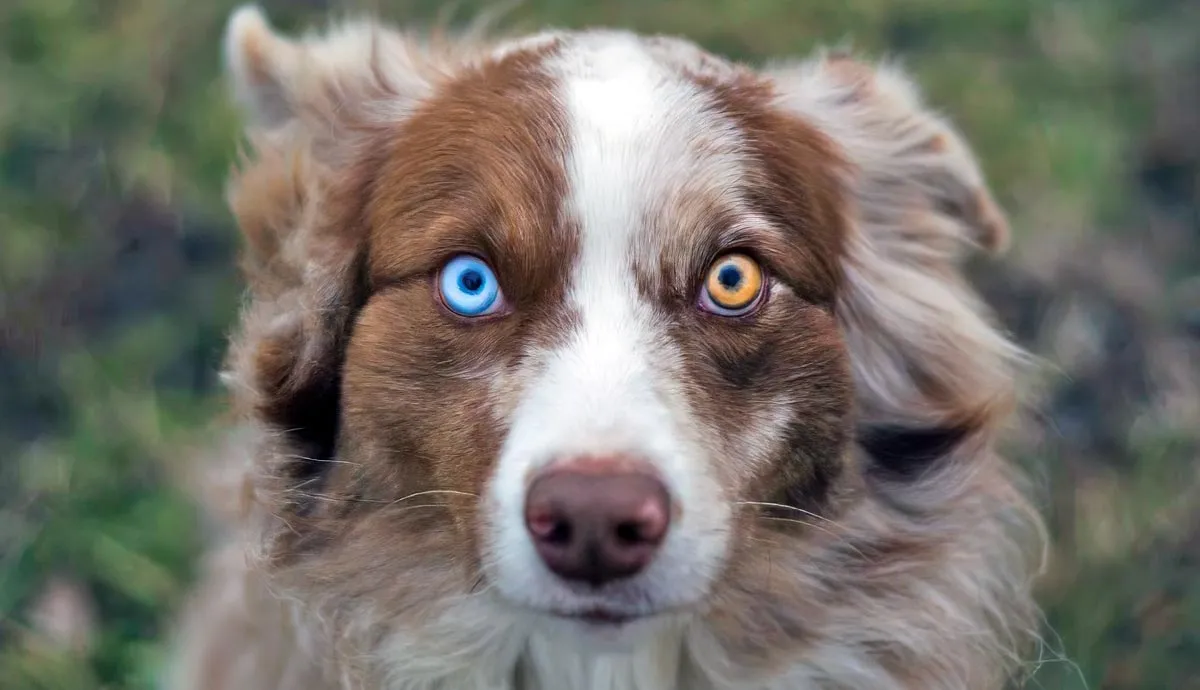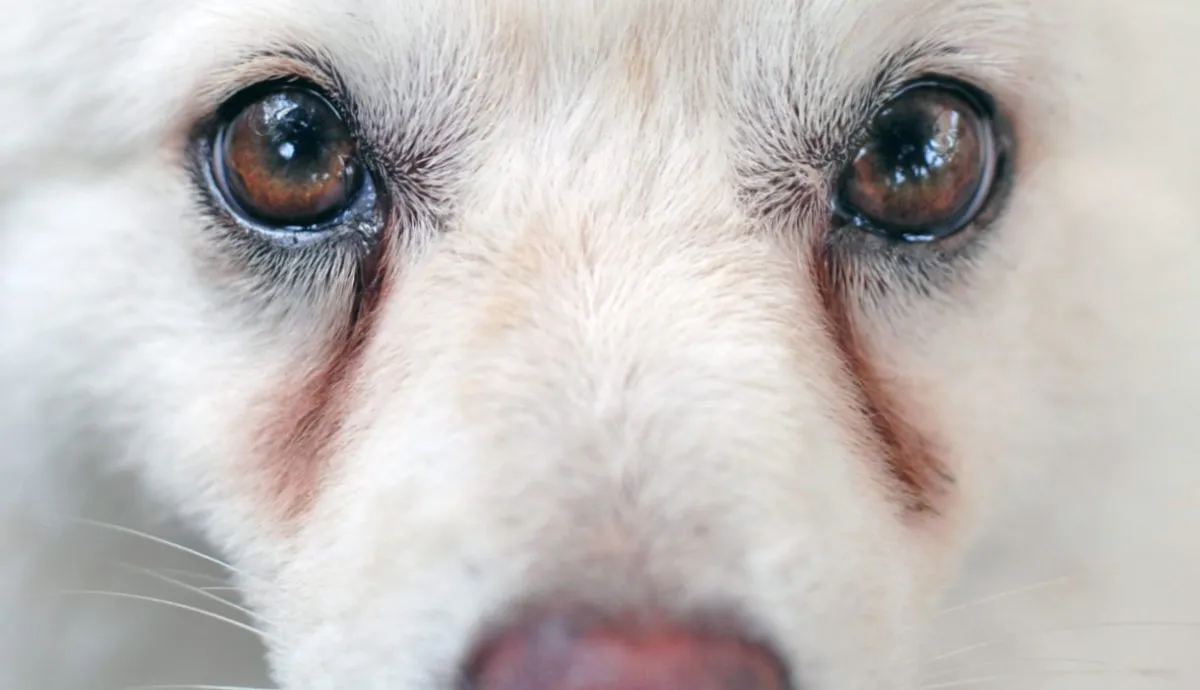Luxating patella is a health condition that occurs in many small dogs––and also larger dogs who already suffer from hip dysplasia. Essentially, this condition is where the knee joint slips in and out of place. This can make jumping, walking, and other activities difficult for your dog.
Although the condition is lifelong, there are ways to provide a dog with comfort as they deal with luxating patella. Some recommendations include maintaining an ideal weight, installing accommodations in the house, exercising routinely, and providing joint supplements.
1. Regular Vet Visits

Experts grade luxating patella severity into 4 categories. The higher the number, the more serious the case, and the more long-term the condition may be. Dogs with mild cases (Stage 1) can tolerate this condition well for years, whereas dogs with severe cases (Stage 4) may not be able to maneuver without surgery.
Aging tends to increase the pain your dog may suffer due to arthritis. Additionally, dogs with luxating patella are more likely to develop this condition in both knees. They may also be more prone to cruciate ligament injuries.
This is why it is imperative to make sure your dog goes to his regular vet appointments. Your vet can monitor your dog’s condition and make sure they are not suffering from any secondary health problems. Your vet will also prescribe any pain management your pet may need.
Additionally, sometimes luxating patella gets worse over time. So, your vet will need to keep track of how the kneecap is functioning as the months go by.
2. Maintaining an Ideal Weight
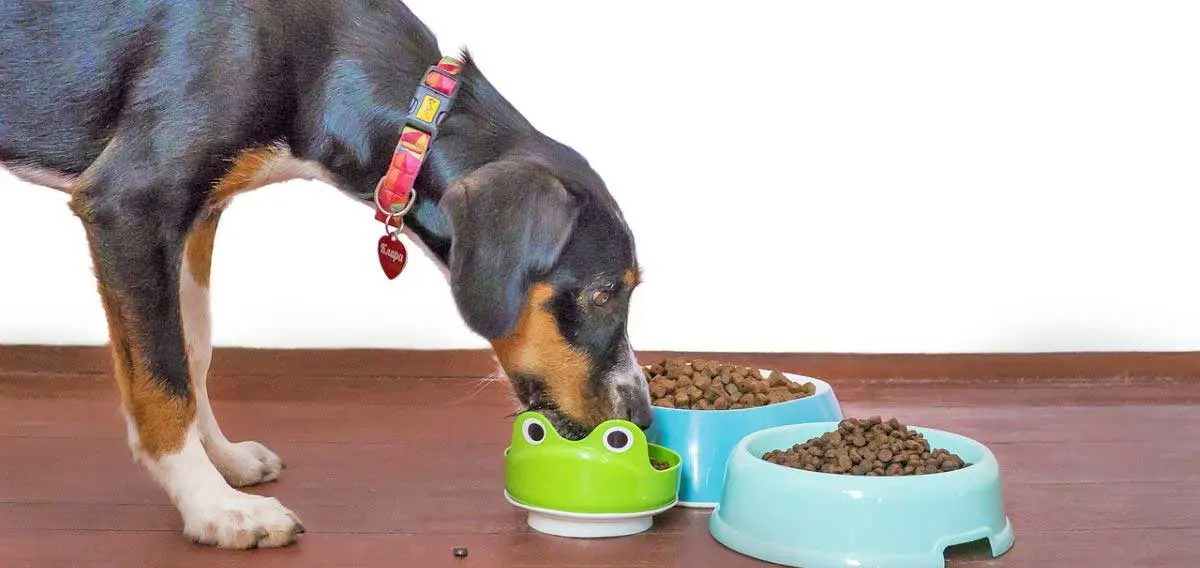
Genetics usually cause luxating patella in dog breeds such as Chihuahuas, Yorkshire terriers, Pomeranians, and Pekinese. However, certain factors can increase your dog’s risk of this health condition, especially if they are already genetically predisposed. Trauma to the knee may make your dog more likely to develop this condition.
Additionally, being overweight can strain your dog’s knees. This may lead your dog to develop symptoms of this health condition sooner. Excess weight can add pressure to the joint and push it out of the socket. So, keeping your dog at an appropriate weight for their breed and age is essential.
If your dog struggles with obesity, you could help them lose weight by feeding them high-quality dog food or even cooking their meals using high-protein vegetables and chicken breast. Your vet can also recommend a dietary plan that helps your dog look and feel their best.
3. Accommodations Around the Home

Another way you can provide a dog with luxating patella with some extra comfort is to make accommodations around the home. When arthritis settles into the knee joint, the pain and inflammation increase. Arthritis is irreversible, and it can make it hard for a dog with a luxating patella to move around.
Simple actions like jumping on the bed may be very painful for your dog. So, it is helpful to provide things like ramps or stairs to help your dog get onto surfaces they normally would jump on. You may have to lower items your dog may normally reach for or provide food bowls on platforms.
These simple adjustments around the home can give your dog the ability to continue doing the things they love without excess pain.
4. Continuing an Appropriate Exercise Routine
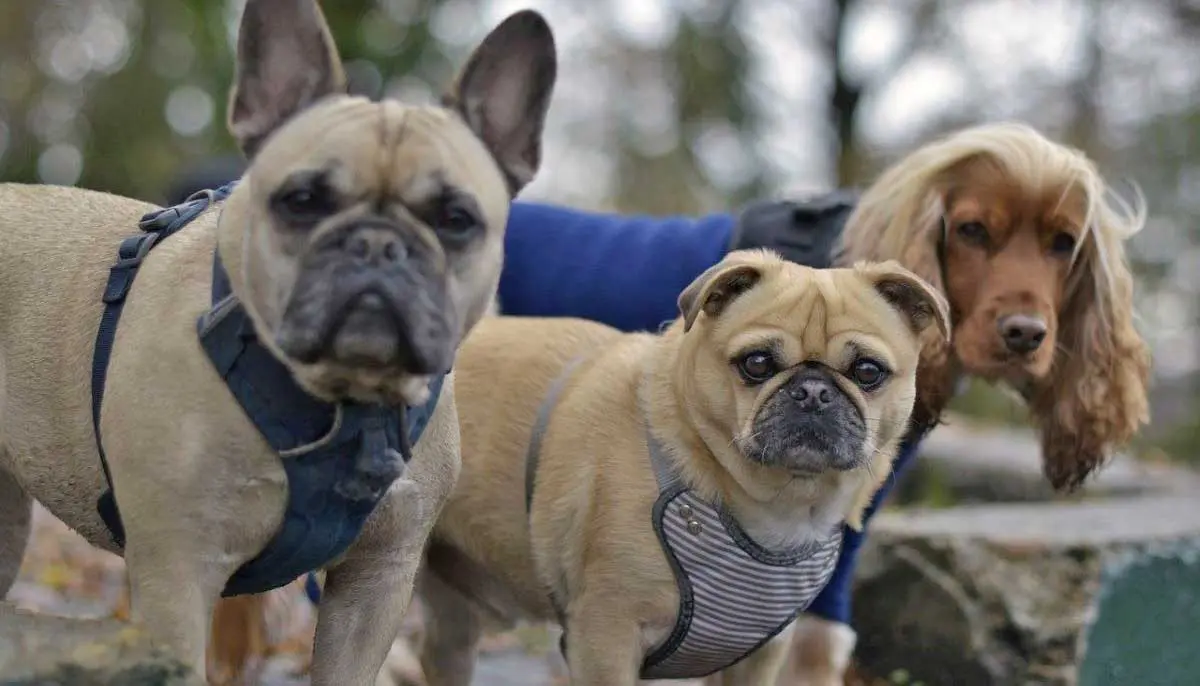
High-impact exercises will be harder for a dog with luxating patella, but it is still important to maintain a regular exercise routine. Keeping your dog moving around will also prevent arthritis from settling in the joints.
A vet may recommend physical therapy for your dog, which can help prevent surgery. These exercises are usually relatively simple, such as repetitions of the sit-stand command to tighten the ligament over time.
Even if your vet does not prescribe your dog physical therapy, you should encourage your dog to move as much as they can. Walking and simple movements can help to maintain a healthy weight and prevent comorbidities. The more your dog moves around, the more mobility they will retain.
Movement keeps the joints flexible and can prevent stiffness.
Swimming Offers Low-Impact Exercise for Your Pet

There’s a reason why doctors recommend that senior citizens partake in water aerobics. This is a low-impact form of exercise that helps strengthen muscles and reduce the risk of reinjury. The same applies to dogs with luxating patella! Even a brisk swim can help your dog burn excess energy and calories—all while limiting the force of impact on their joints.
Keep in mind that some dogs take to swimming more eagerly than others. For instance, many Poodles take to water like (well) fish to water. Short-legged Basset Hounds, on the other hand, are simply not built for the task.
5. Provide Your Dog Joint Supplements

Joint supplements may be another way you can support your dog who has a luxating patella. Since this condition affects the joints, it is important to support this part of the body with proper nutrition. Additionally, joint supplements may help to improve the overall health and strength of the joints.
Veterinarians often prescribe joint supplements to treat arthritis. Arthritis is a condition dogs with a luxating patella are more likely to suffer from. These supplements reduce inflammation and help cartilage to regenerate, which is essential to maintaining mobility.
Your vet may encourage your dog to take these supplements in addition to anti-inflammatory drugs and pain relievers to provide your dog with the most comfort while dealing with this condition.
Before starting any supplements, it’s important to consult your vet, as some supplements may interact with certain drugs your dog may be prescribed.
Luxating Patella Comfort Tips: Recap
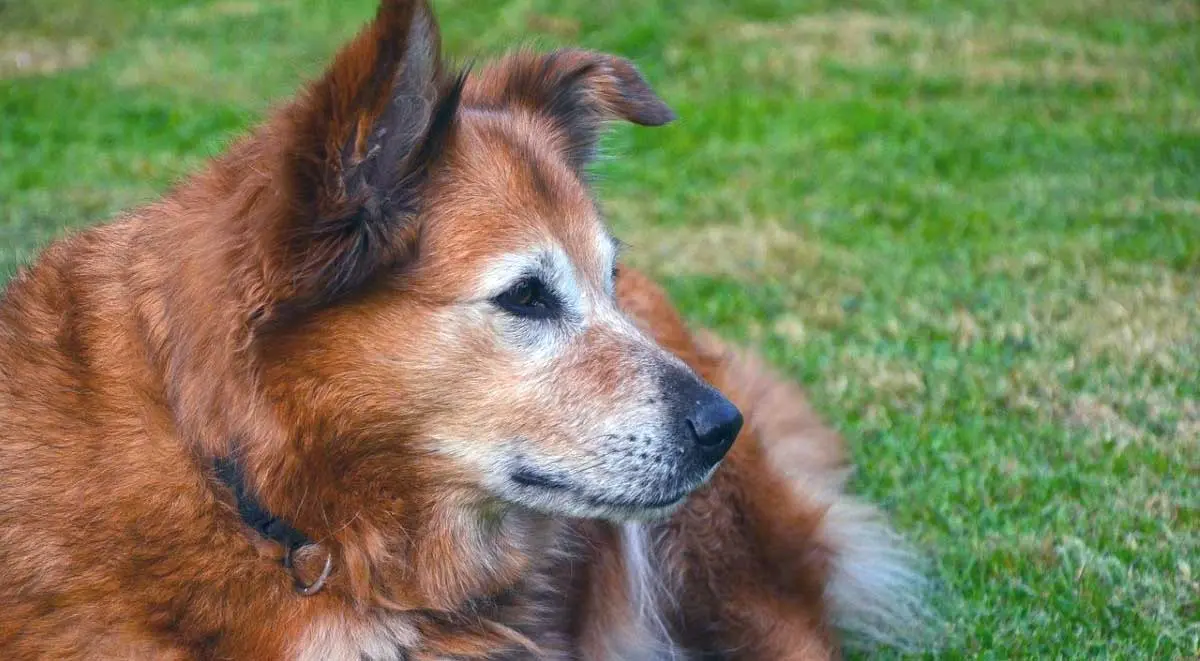
Luxating patella, or a trick knee, can be a debilitating health condition for your dog, but it doesn’t have to keep them from being active. Most people can manage their dog’s condition with veterinary assistance. To provide additional comfort to your suffering pup, be sure to maintain an ideal weight, provide mobility accommodation around the home, exercise your dog regularly, and add joint supplements to their routine.
Be sure to keep your regular vet appointments so that your veterinarian can keep an eye on your dog’s condition.



